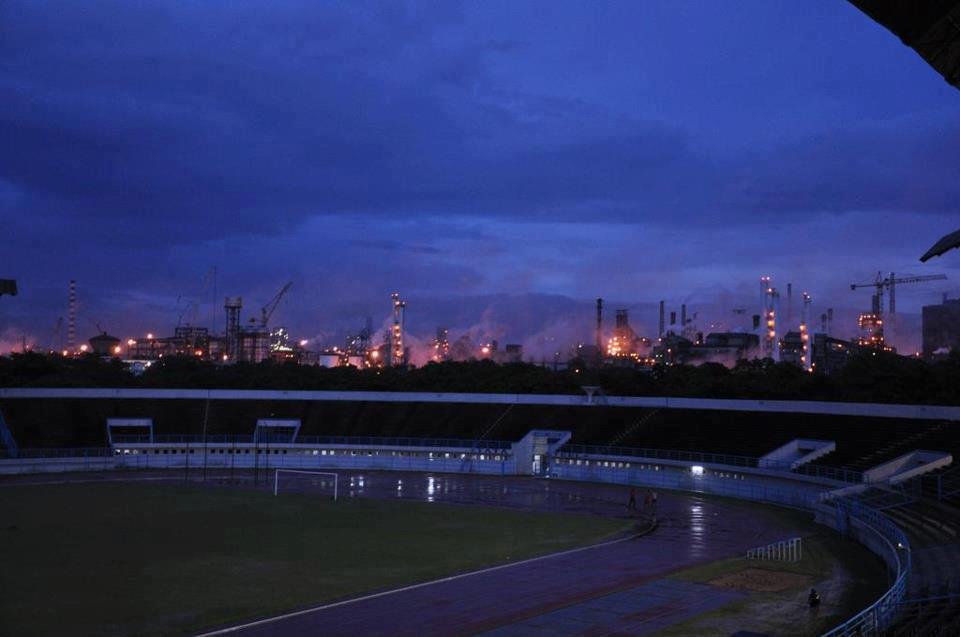The long-awaited proposals for a new electric arc furnace at Tata Steel’s Port Talbot plant have been given the go-ahead by the local planning authority. The announcement on Tuesday is a significant step towards the company’s shift towards cleaner steel production.
At a planning committee meeting of Neath Port Talbot Council, the scheme was given the green light, opening the door for Tata Steel to proceed with its ambitious £1.25 billion investment in cleaner technology. The firm said that the transition will cut on-site carbon dioxide emissions by a whopping 90%.
Tata Steel made the difficult choice in the last year to close both of its blast furnaces, a step which cost the loss of close to 3,000 jobs. The company insists, though, that the transformation has preserved about 5,000 jobs in the UK. Although the loss of employment has been hard hit, the investment is one that is in the long term in keeping the production of steel going in the nation.

The planning committee considered a background document that labelled the development as a “project of national strategic importance.” The application included demolition of existing buildings to accommodate the new building, which will form a central part of Tata Steel’s green future.
Tata Steel UK chief executive Rajesh Nair said his company was looking forward to the next step, revealing that mass work at the plant is to be commenced this summer. He added that this investment represents one of the largest commitments in the UK steel industry in the last decades.
The project has also been well-funded by the UK government, with £500 million committed to fund Tata Steel’s modernization and decarbonization efforts. The electric arc furnace is expected to be in full operation by the end of 2027, a game-changing move in the company’s production processes.
The news has received a welcome reception from government members, such as Wales Secretary Jo Stevens, who called the go-ahead a “step forward.” She pointed out that this decision makes Tata Steel’s long-term plans clearer and offers assurance of the future for steel production in South Wales.
The shift towards electric arc furnace technology is consistent with a trend across the entire steel industry of minimizing dependence on the conventional coal-intensive blast furnace. By utilizing this cleaner method of production, Tata Steel is falling in line with international pressure to reduce emissions of carbon and achieve sustainability measures.
Although the transition is a welcome move toward a cleaner future, the effect on the local community is still a pressing issue. The blow toblast furnace workers, which have been an institution at the Port Talbot steelworks for generations, has been severe. The process will be the balancing of the environmental gains of the new technology with the social and economic adaptations needed in the process.
In spite of these difficulties, the green light for Tata Steel’s proposals marks a turning point for the UK steel industry. It highlights the increasing significance of environmentally friendly manufacturing processes and the need for investment in cleaner technology to make the industry sustainable in the future.
As the firm gets ready to start construction on the new plant, everyone will be watching Port Talbot to observe how this project develops. The success of this project could be a template for other steel producers wishing to modernize their processes and meet the imperative to reduce emissions. With the support of the government and a vision for the future, Tata Steel’s electric arc furnace scheme is poised to help write the next chapter in the history of steel production in the UK.












